John Lennon as Gollum in the AI-generated film The Lord of the Rings
In the mid-1960s, the Beatles approached Stanley Kubrick with the idea for a film: a rock and roll musical adaptation of The Lord of the Rings. The bandmates gathered at Kubrick's estate near St Albans and approached the director: they even decided who would play whom: Paul as Frodo, John as Gollum, George as Gandalf and Ringo as Sam Gamgee.
Unfortunately, this project quickly became one of the great questions of British cinema. Kubrick turned them down, believing that Tolkien's book should not be made into a film – which, given that he was going to direct 2001: A Space Odyssey, was indeed saying something – while their label, Apple, approached Tolkien for the screen rights.However, two weeks ago, 24 frames from this unmade film appeared on the network. There was Paul in the form of Frodo, peering thoughtfully out of the castle gates in a fleece tunic, and there was a grinning John emerging from the river in mossy overalls and a wreath of seaweed. George with a thick beard was shown in a scarlet magic mantle, trimmed with gold, and in another made of white sheepskin; elsewhere, a circle of minstrels played strange medieval instruments on a clifftop, and a coven of nine Ringwraiths meditated in the swamp, black cloaks fluttering in the wind.
The scenes do look like they were filmed by a film crew in the UK in the 1960s (although perhaps not the one led by Kubrick). But they were actually the work of Midjourney, a piece of artificial intelligence software that produces photorealistic images from text prompts given to it by users.
The Beatles' footage of The Lord of the Rings was created—or possibly commissioned—by Los Angeles-based music video director Keith Schofield, whose other requests for Halfway include scenes from Tim Burton's abandoned comic book blockbuster Life of Superman with Nicolas Cage. starring and entirely fictional film. A 1980s sci-fi horror film by David Cronenberg called Galaxy of Flesh.
 Paul McCartney plays Frodo as Midjourney envisioned him
Paul McCartney plays Frodo as Midjourney envisioned him
There is no doubt that AI images are now plausible enough to deceive experts and the general public alike. Earlier this week, German artist Boris Eldagsen withdrew his Sony World Photography Award after revealing that his prize portrait of two women was AI-generated, and last month a fake photo of the Pope in a white down jacket was posted (also courtesy of Midjourney) . viral on social media, where many believed it to be a genuine shot.
But now that anyone with an idea and an internet connection can extract supernaturally compelling images from these programs, does that mean that Hollywood- class image creation now available to the general public?
Last week, the first animated short film entirely designed and drawn with AI appeared online. Titled Critterz, this is a parody wildlife documentary that features an unseen David Attenborough brawling with a series of cute furry monsters in the woods. The screenplay was written by Chad Nelson, an artist based in San Francisco, but both the monsters and their environments were designed by the DALL-E artificial intelligence tool, which followed Nelson's written descriptions of what the characters and backgrounds should look like.

Yes, it took six voice actors, six animators (including Nelson), and another seven crew members to bring DALL-E to life. And yes, the result is unlikely to compare with Pixar or even Minions. But outwardly, it's polished enough to pass for the kind of work that would take even a fairly experienced studio about six months to write, design, and render. And Nelson and his backbone drove him up in a matter of weeks.
What's more, much of the work that these staff do can technically be done by other AI programs – though it's a bit unprofessional at the moment. . YouTube is currently brimming with viral clips of parody Balenciaga fashion campaigns featuring blockbuster franchise stars like Marvel and Harry Potter, all of which were created with minimal human input.
A tutorial for aspiring online comedians shows how to use the ChatGPT AI text tool to compile lists of popular characters, match them to any fashion house outfit of any year, and then write hints that can be passed to Midjourney to generate the corresponding images. You can then use other AI tools to voice and synchronize dialogue – “You're Balenciaga, Arry” from a hefty Hagrid in a leather coat, etc. – and voila: a video with a potential audience. million with almost no creative or technical effort.
 Wes Anderson's Bible rendered with AI
Wes Anderson's Bible rendered with AI
Seen in this light, the coming AI filmmaking boom may superficially resemble the bedroom pop revolution of the 2010s, when young aspiring musicians like Billie Eilish were suddenly able to reproduce expensively honed studio sound at their desks.
But there is a fundamental difference. Where pop music allowed amateurs to polish their own ideas to a professional brilliance, AI is technically simply reworking other people's ideas to suit the user's needs. The images created by the likes of Midjourney are extrapolated and recreated from millions of existing photographs and artwork, all created by humans and many of which will be copyrighted.
An ongoing project to create a series of Pinocchio animated short films in Midjourney hit an early hitch when Pinocchio's design requests yielded only recognizably Disney versions of the character: more out-of-the-box thinking was required in text prompts to speak to the system. in coming up with something less outright plagiarism. But even the freshest, brightest Midjourney “ideas” are ultimately drawn from a vast reservoir of original, human-made art: they're simply reassembling other people's ideas in ways you haven't necessarily seen or thought of.
 Harrison Ford rejuvenated by AI for Indiana Jones and the Dial of Destiny. Author: Lucasfilm Ltd.
Harrison Ford rejuvenated by AI for Indiana Jones and the Dial of Destiny. Author: Lucasfilm Ltd.
One of the currently popular cheap AI highs is asking the system to come up with new movies made in the style of a characteristic modern director – for some reason, usually Wes Anderson. And the results are exactly what you expect. Midjourney's request this week for an Anderson-style Bible epic yielded a Ralph Fiennes-like Christ in a tasteful salmon-pink robe, the type of Owen Wilson as Noah standing by the ark, which looked like the old New York City Council Ferry, and Moses, leading Israelites from Egypt in a yellow oil-linen suit.
But the images are so obvious that they are essentially useless from an artistic point of view: since we know that they are not really Anderson's interpretation of the biblical stories, they are only interesting as a kind of digital processing. See also footage of Chilean surrealist Alejandro Jodorowsky's imaginary alternate version of the classic 1980s Disney sci-fi movie Tron, breathlessly circulating on the Internet before Christmas.
 Johnny Darrell used Midjourney to imagine what Alejandro Jodorowsky's Throne might look like. Photo: Johnny Darrell
Johnny Darrell used Midjourney to imagine what Alejandro Jodorowsky's Throne might look like. Photo: Johnny Darrell
However, Hollywood will be following developments in this area with interest: studios are well aware that they cannot afford to keep up. After the 2004 release of the then-experimental film Sky Captain and the World of Tomorrow—an original six-minute demo reel filmed entirely in his garage by director Kerry Conran—look how quickly the green-screen-draped “digital backdrop” ' became a standard part of the blockbuster toolkit. Can AI be the same artistic and technical milestone – powerful and even magical in the right hands, but dull and alienating when misused?
Soon we'll see for ourselves. In some scenes of this summer's fifth and final Indiana Jones movie, 80-year-old Harrison Ford was digitally rejuvenated by an AI system that swallowed all Lucasfilm footage of the actor from the 1970s and 1980s.
It's a very different approach than the carefully rendered digital masks used in Martin Scorsese's The Irishman, and one that heralds widespread AI: visual effects company Industrial Light and Magic, which worked on Indy 5. , is currently using AI in more than 30 upcoming films and series. Now the question arises – exciting and perhaps frightening – how much of this we will actually notice.


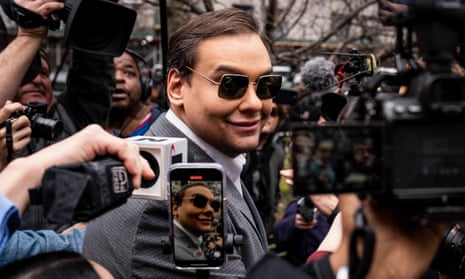
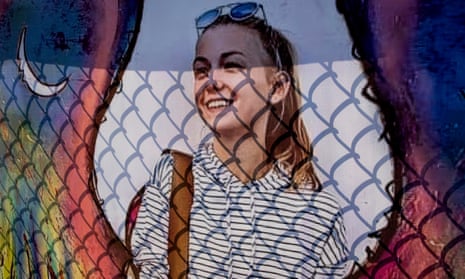
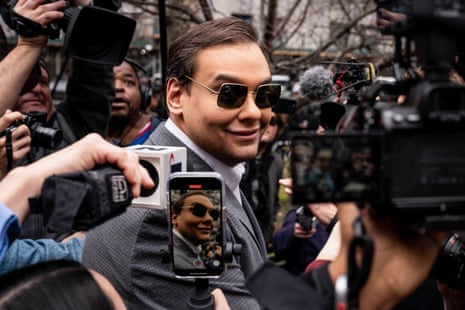
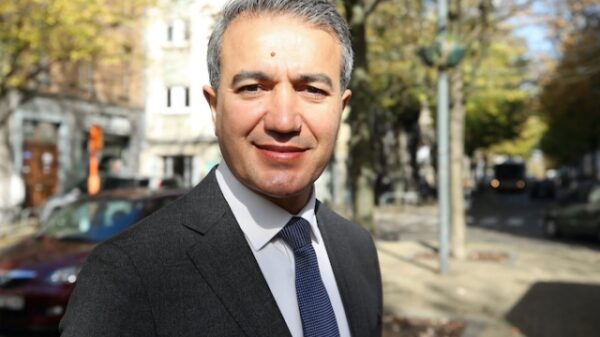

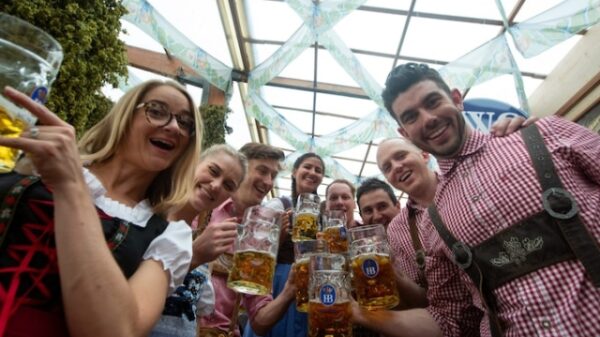

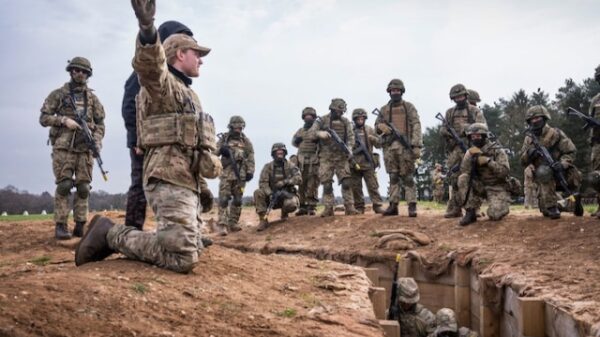
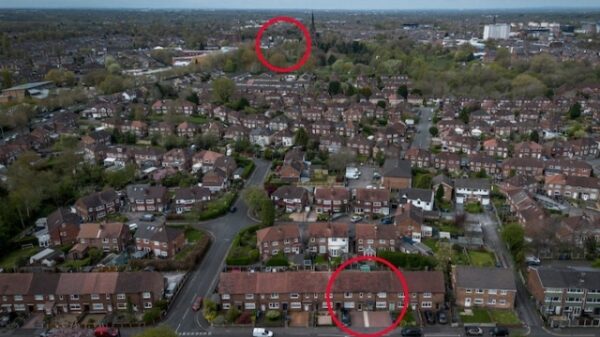


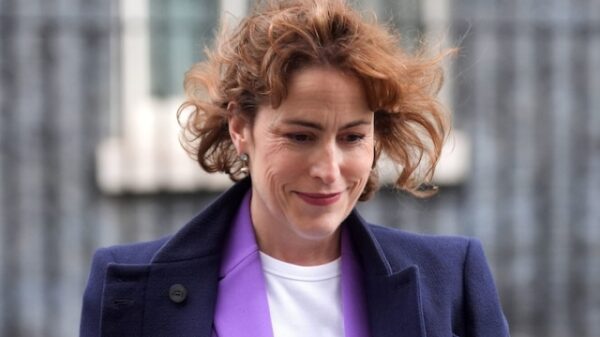


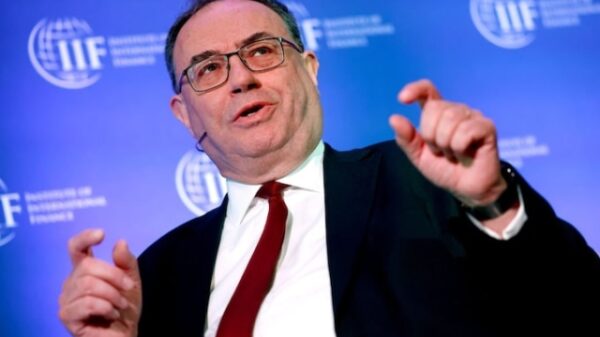

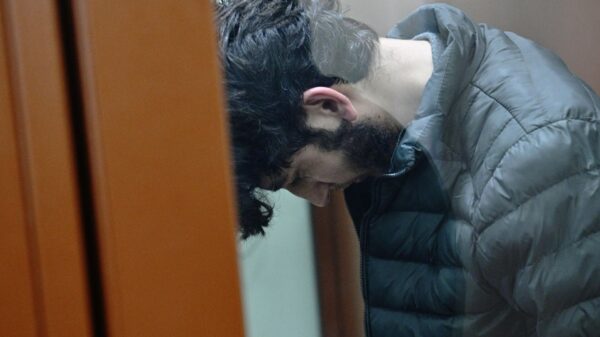





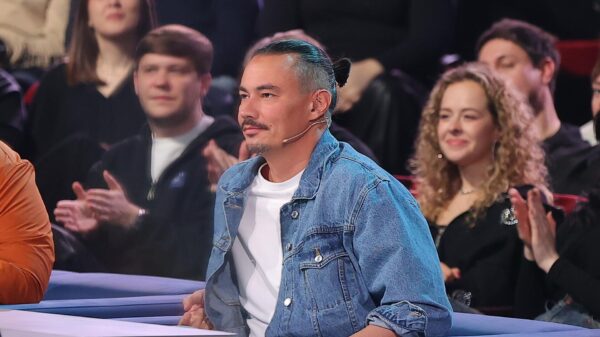
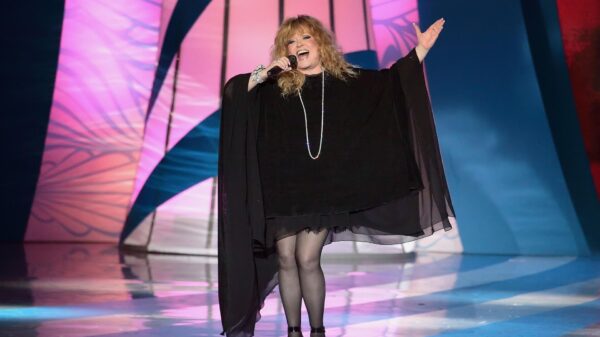
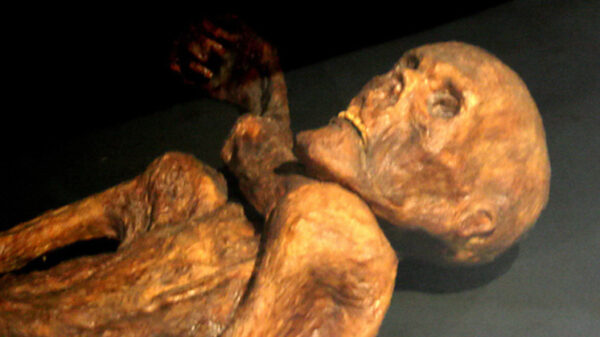

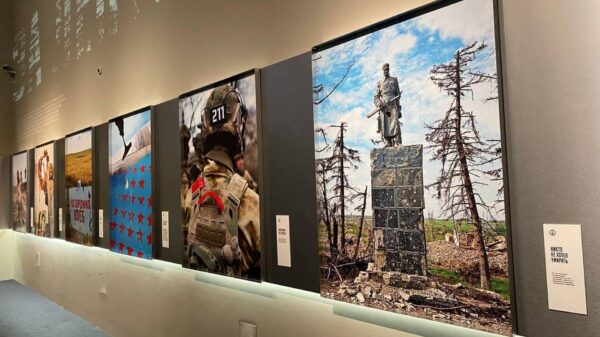














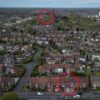

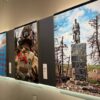









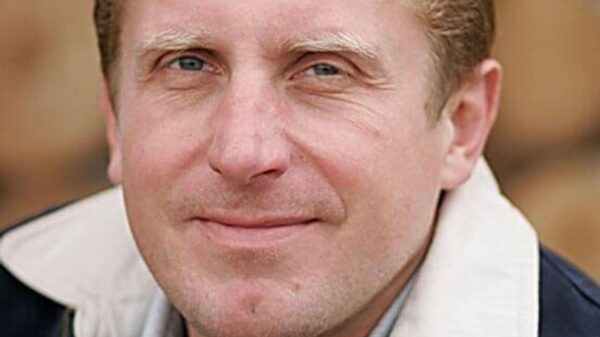

Recent Comments